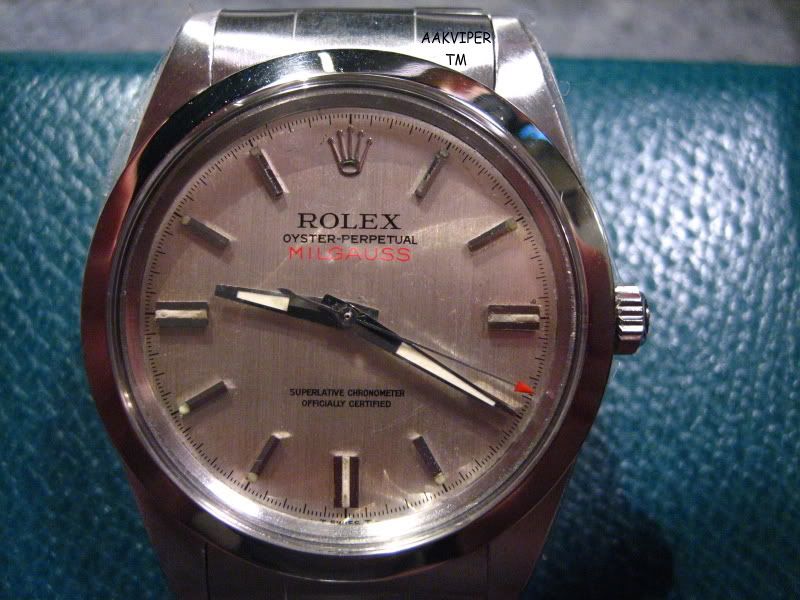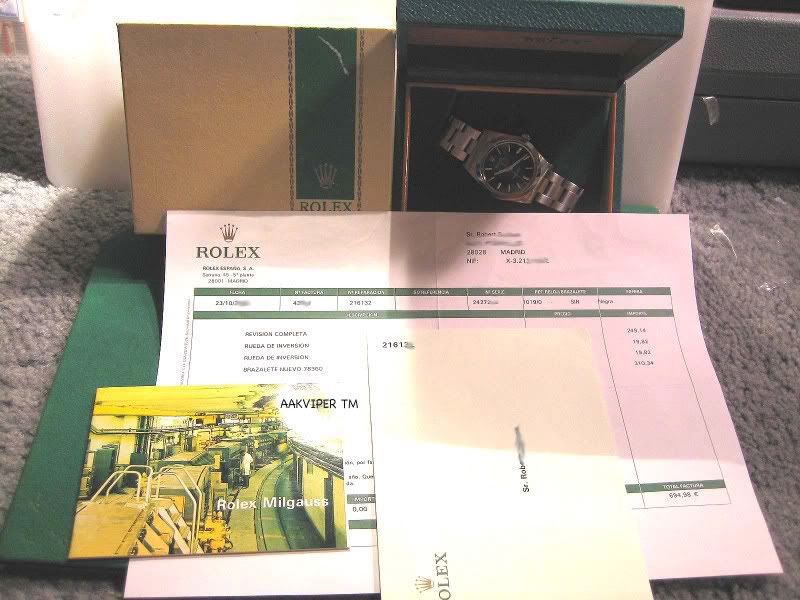
The rare first version 1655 orange straight hand Explorer II is an interesting watch. A few elements make the first 1655 version a difficult watch to find in correct configuration. Dial, bezel, early case back, and straight second hand make it quit a coup to find an intact early 1655
The first generation dial is unique to the 1970-72 year model.
The coronate or crown on the first version dial print has a different shape to it. One can notice a small opining at the bottom side and is more centered over the letter "L" , but still resembles the frog foot design.

The bezel numbers are with smaller thick fonts on the first 1655 version, and are situated more towards the crystal area rather then being closer to the center of the bezel.
The sweep second hand is also unique to the early 1655 versions. Upon a closer look, one will notice that these hands are not just a white painted Datejust sweep second hand. The 1655 second is square tipped non tapered design with a specific length to it.
The case backs featured on the early 1655 models have a punched and dated numbers on them.


The second version of the 1655 orange luminous dot hand Explorer II from the year 1973-74



























